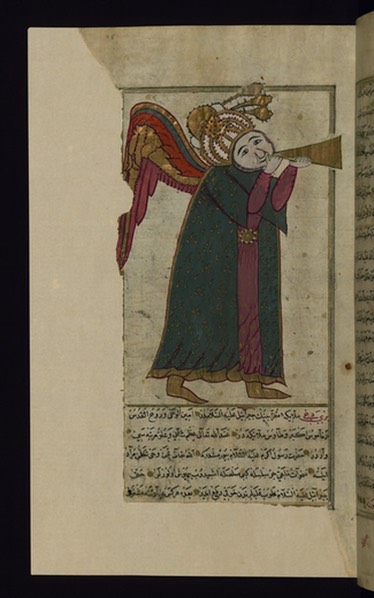Tobias C. Weißmann is a research fellow and lecturer at the Institute for Art History and Musicology at Johannes Gutenberg University Mainz, where he combines both disciplines in research and teaching. After graduating in Art History and Musicology (M.A.) from Humboldt University Berlin, he received his Ph.D. from Humboldt University in 2019 with a dissertation on the interrelation of visual arts, sound and music in the festival culture of the European powers in baroque Rome. The interdisciplinary study, which was awarded the Rudolf Arnheim Prize in 2019, is published in the series »Römische Studien der Bibliotheca Hertziana« with Hirmer.
For several years he worked as research fellow for the project »REQUIEM – The Roman Papal and Cardinal Tombs of the Early Modern Age« (2007–2015), as assistant for the »Art History Summer Program Rome« of Rutgers University |The State University of New Jersey (2009–2017) and was a member of the scientific network »Confessions in Conflict. Religious Perception of Self and Others in the 17th Century«, funded by the German Research Foundation (DFG). He held scholarships at the Deutsches Studienzentrum in Venedig (2014–2015), the German Historical Institute in Rome (2015), the Bibliotheca Hertziana – Max-Planck-Institute for Art History Rome (2015–2017) and the Leibniz Institute for European History Mainz (2018).
As a research associate he works for the project »CANTORIA – Music and Sacred Architecture« at Mainz University, and since 2020 he has been head of the scientific network »Religious Plurality. The Perception of Religious Differentiation as Reflected in the Arts, Theologies and Society of the Long 19th Century«, funded by the German Research Foundation (DFG). In 2020 the Academy of Sciences and Literature Mainz appointed him a member of their Young Academy.
His scholarly interests focus on the intermediality of music, visual arts and architecture (13th to 19th centuries), cultural transfer, sensory studies, political iconography, interreligious perception in the arts and digital humanities.
